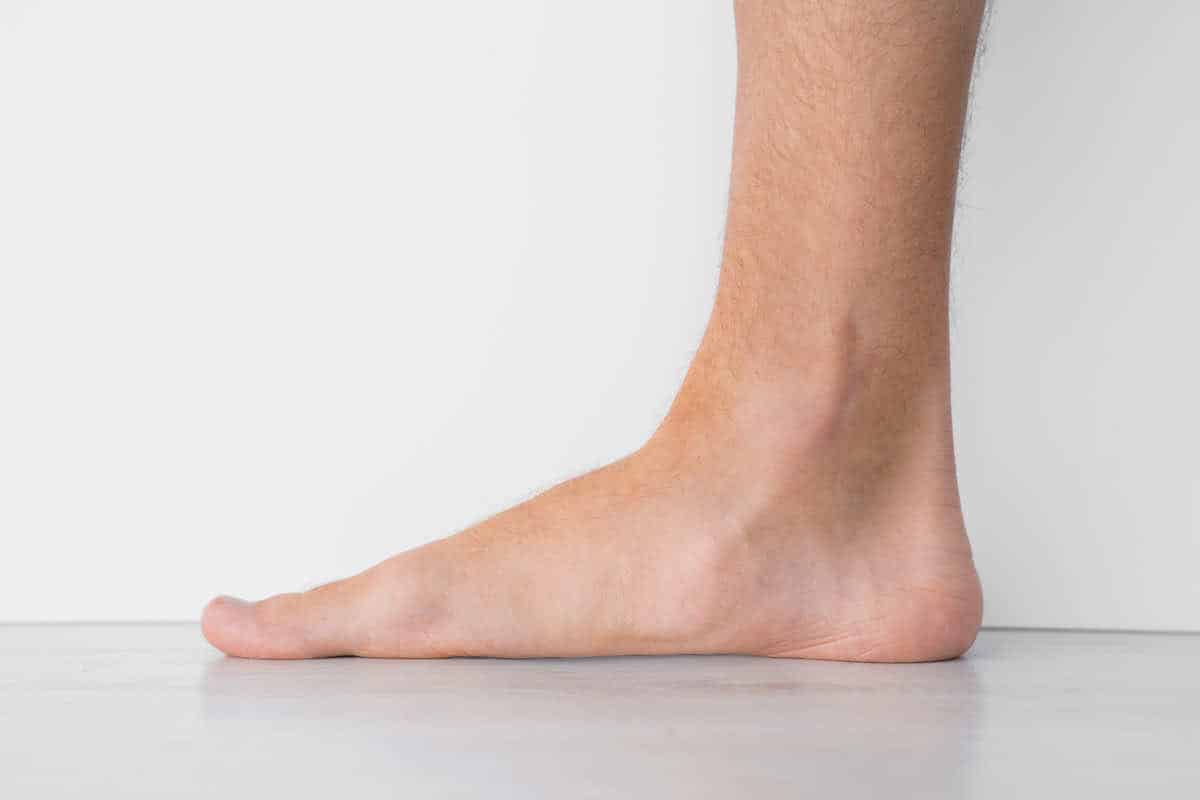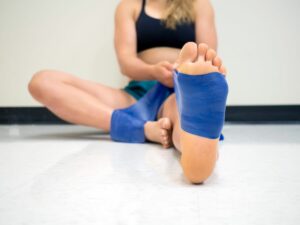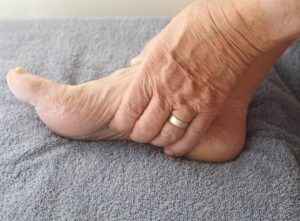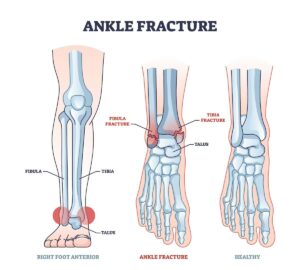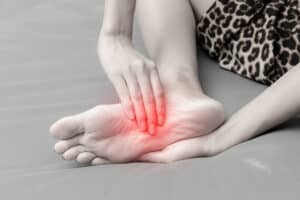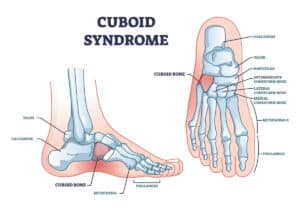Free download: Top 10 Natural & Easy Remedies for Joint Pain from Home. Learn these helpful remedies.
Estimated Reading Time: 4 minutes read
Flat feet and tight calf muscles can significantly affect an individual’s movement, comfort, and overall quality of life. These conditions, although common, can lead to discomfort if left unaddressed. However, it’s crucial to understand that such issues are not permanent and can be managed through targeted and consistent exercises. This article will delve into the causes of these conditions, how to identify them, and some simple yet effective exercises that can help alleviate their effects.
Flat feet, also known as fallen arches, are conditions where the foot’s arch touches or is close to the ground when standing. This condition can be caused by an inherited abnormality in foot structure, injuries or conditions that damage the posterior tibial tendon, or certain health conditions like rheumatoid arthritis.
Tight calf muscles, on the other hand, can be caused by a lack of stretching, improper exercise techniques, dehydration, and mineral deficiency. They can limit your flexibility and movement, causing discomfort and increasing the risk of muscle strains or sprains.
Table of Contents
Identifying Flat Feet and Tight Calf Muscles
Flat feet can often be identified through physical examination. If you stand barefoot and the inner part of your foot appears to be flat on the ground, it is a clear indication of flat feet. Moreover, symptoms such as foot pain, particularly in the heel or arch area, swelling along the inside of the ankle, and feet tire quickly may also suggest the presence of flat feet.
You may notice a limited range of motion in your ankle for tight calf muscles due to the stiffness in your calves. There may also be a consistent mild discomfort to sharp pain in your calves when you walk, run, or climb.
Exercises to Release Tight Calf and Fix Flat Feet
1. Calf Plantar Fascia Stretch
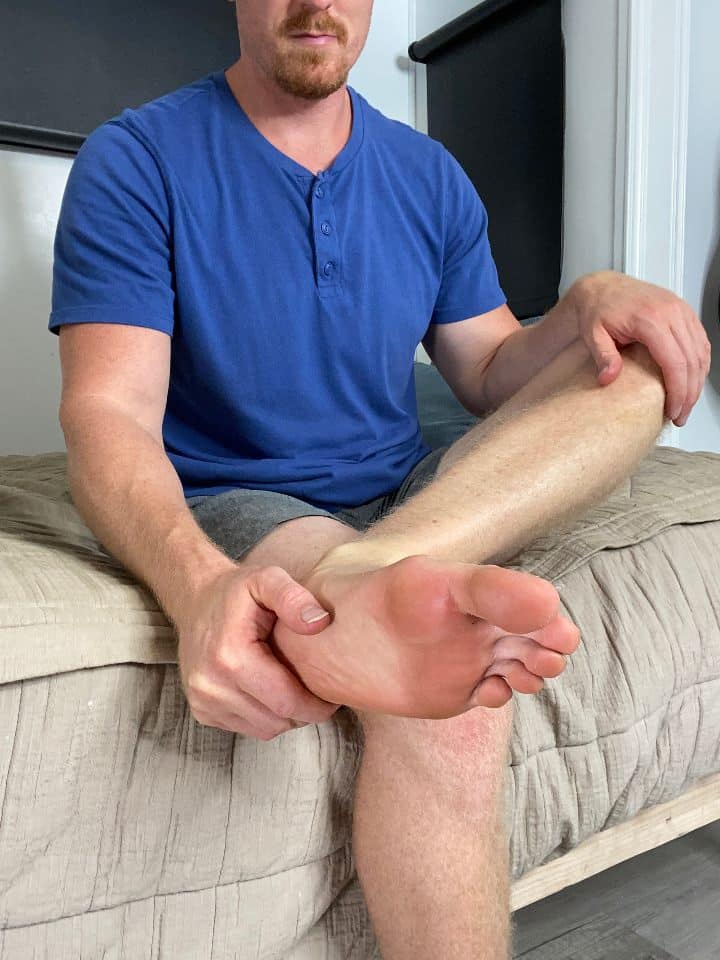
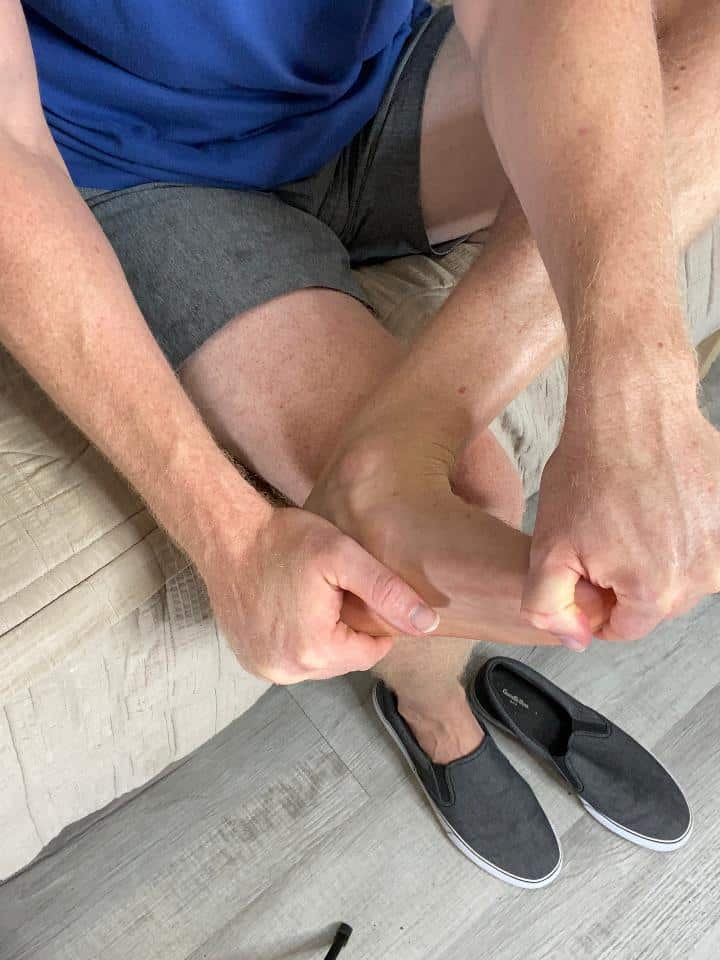
- Sitting in a chair, cross the affected leg over the opposite leg, like a figure 4.
- Place one or both hands on the bottom of the foot, near the base of the toes.
- Slowly flex the ankle back, while simultaneously stretching the toes back also.
- Hold this stretch for at least 30 seconds or up to 1 minute. You can repeat on the other side also.
2. Calf Stretch with Towel
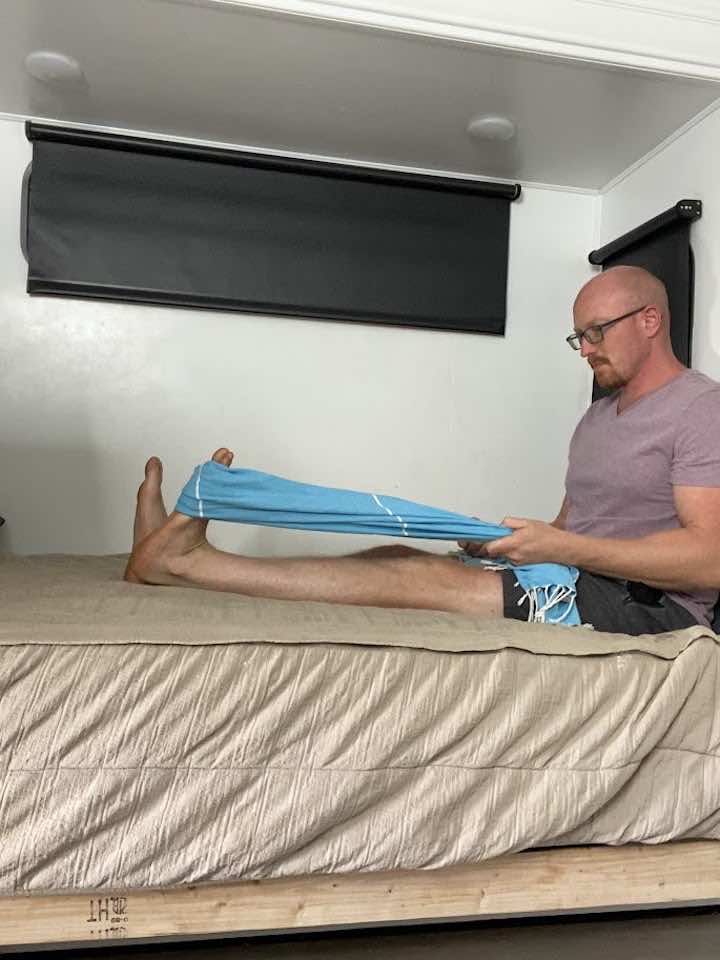
- Sit on the floor or bed with your legs extended in front of you.
- Place a towel around the ball of your foot.
- Hold onto each end of the towel with your hands.
- Slowly pull the towel towards you, bringing your toes towards your shin and stretching your calf muscle.
- Hold the stretch for 30 seconds.
- Release the stretch and repeat for a total of 3 sets.
- Repeat the exercise on the other leg.
3. Soleus Calf Stretch
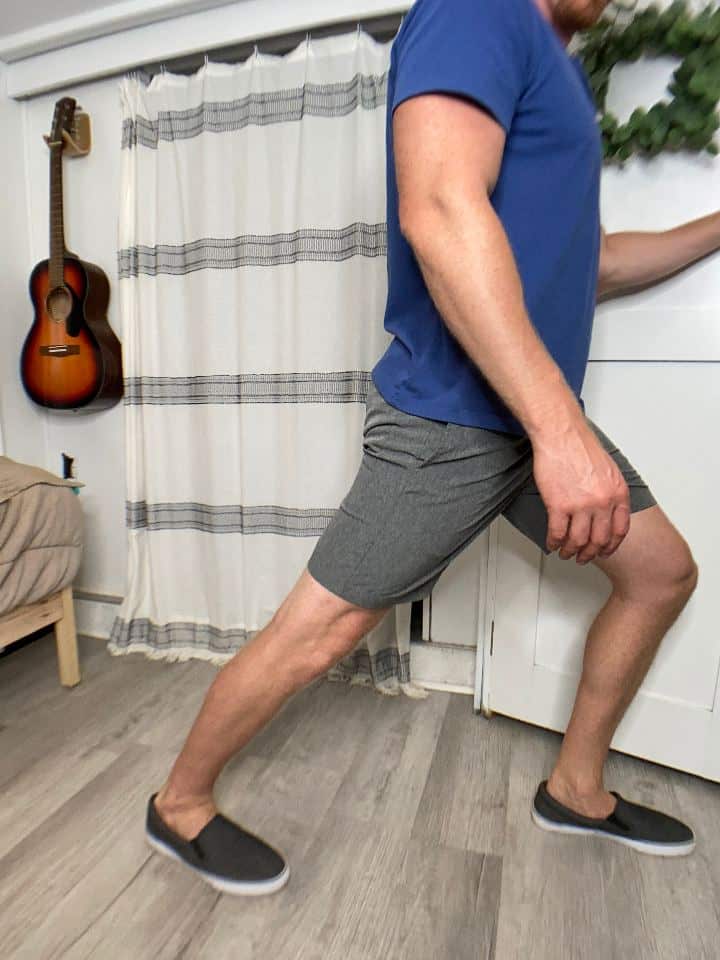
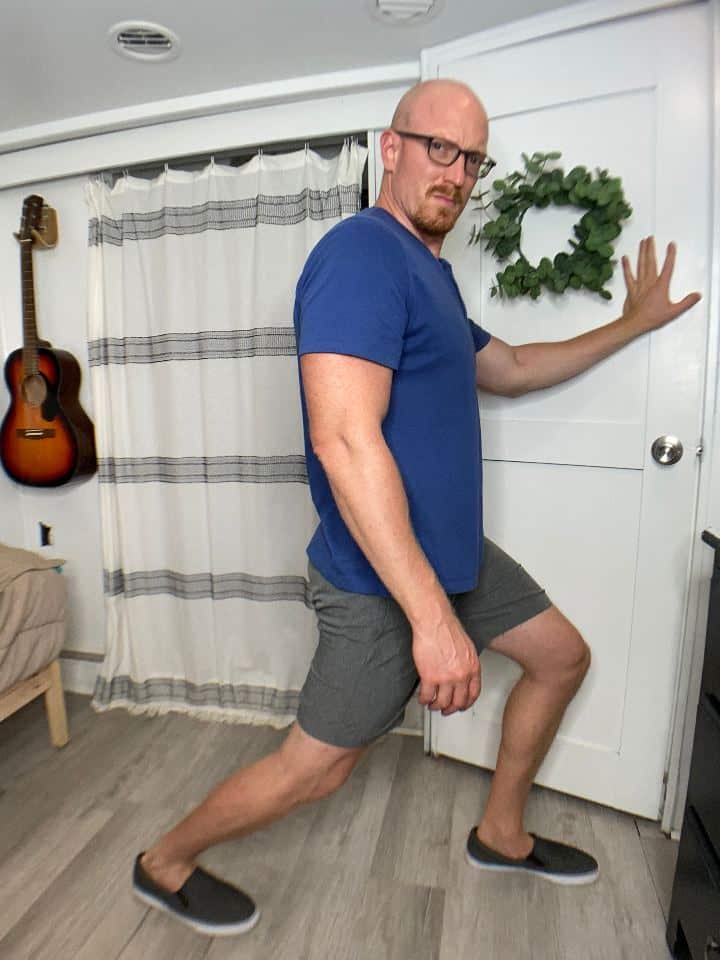
This stretches another muscle in your calf and is very similar to the gastrocnemius stretch.
- Position yourself just like you did for the gastrocnemius stretch in a small lunge.
- This time though, allow the back knee to slightly bend. Make sure to still keep both heels flat on the floor. You might feel this one a little more towards the Achilles tendon and heel.
- Hold 30-60 seconds. Repeat twice on both legs.
Remember, holding each stretch for at least 30 seconds is important. Using a timer can help ensure you hold the stretch for the full duration.
Conclusion
Consistency is critical when performing physical exercises to correct physical conditions like flat feet and tight calf muscles. It’s important to remember that changes will not happen overnight, but these exercises can lead to substantial improvements with patience and dedication.
Over time, you can experience enhanced comfort, improved mobility, and better quality of life. Integrating these exercises into your daily routine can significantly contribute to healthier feet and more balanced body mechanics. You can actively take control of your foot health and overall well-being through these simple steps.


